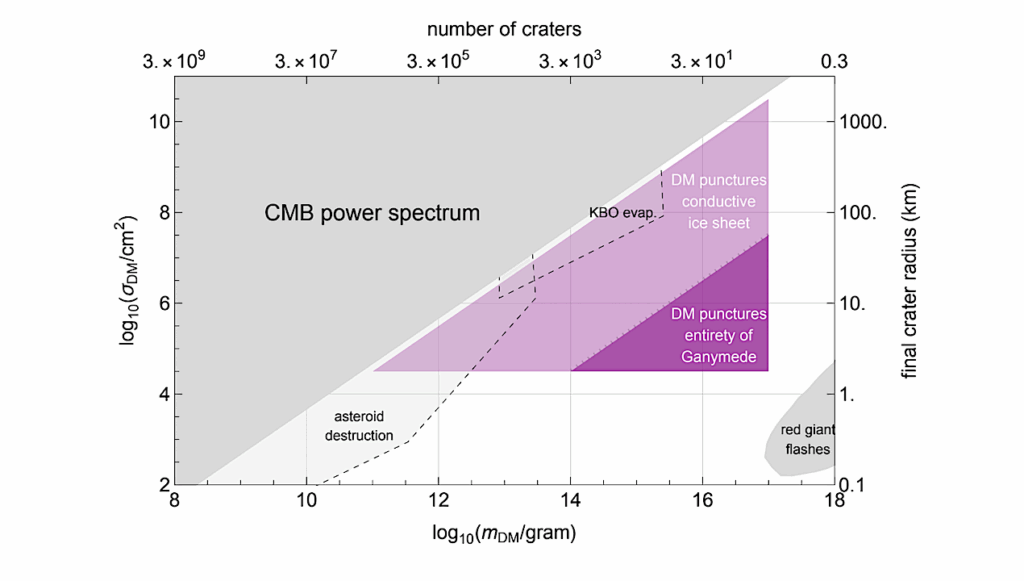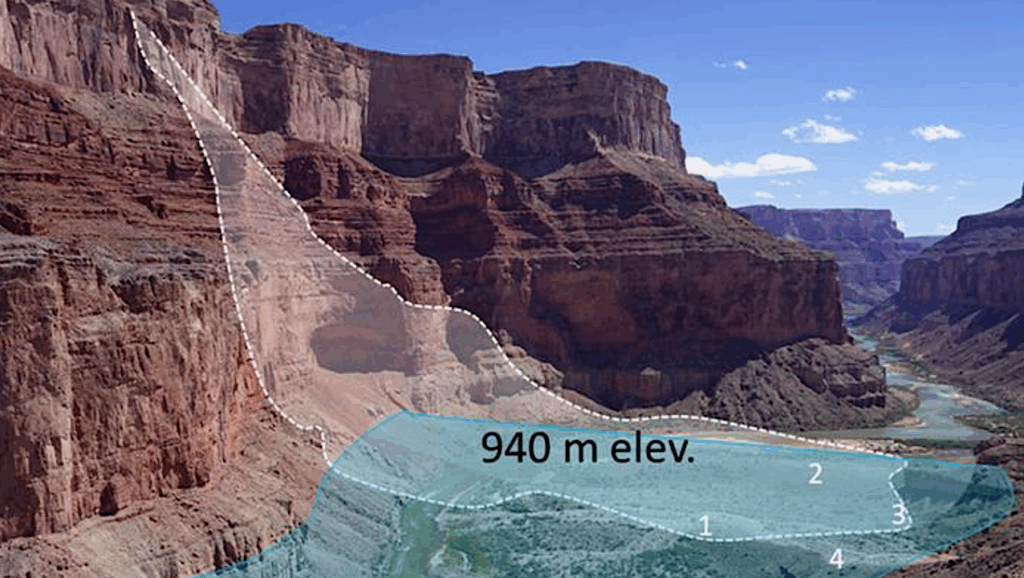Large Impacts Onto The Early Earth: Planetary Sterilization And Iron Delivery

Late accretion onto the Hadean Earth included large impacts that could have influenced early habitability, either by sterilizing the planet or alternatively catalyzing the origin of life by delivering iron required to create a reducing environment/atmosphere.
We present 3D numerical simulations of 1500-3400 km diameter impacts on the early Earth in order to quantify their effects on planetary habitability. We find sterilizing impact events require larger projectiles than previously assumed, with a 2000-2700 km diameter impactor required to completely melt Earth’s surface and an extrapolated >700 km diameter impactor required for ocean-vaporization.
We also find that reducing environments are less likely to arise following large impacts than previously suggested, because >70% of the projectile iron is deposited in the crust and upper mantle where it is not immediately available to reduce surface water and contribute to forming a reducing atmosphere. Although the largest expected late accretion impacts (~1 lunar mass) delivered sufficient iron to the atmosphere to have reduced an entire ocean mass of water, such impacts would also have melted the entire surface, potentially sequestering condensing iron that is not oxidized quickly.
The hypothesis that life emerged in the aftermath of large impacts requires an efficient mechanism of harnessing the reducing power of iron sequestered in the crust/mantle, or an origin of life pathway that operates in more weakly-reducing post-impact environments that require smaller quantities of impact-delivered iron.
Robert I. Citron, Sarah T. Stewart
Comments: 25 pages, 13 figures (accepted to PSJ)
Subjects: Earth and Planetary Astrophysics (astro-ph.EP); Geophysics (physics.geo-ph)
Cite as: arXiv:2201.09349 [astro-ph.EP] (or arXiv:2201.09349v1 [astro-ph.EP] for this version)
Submission history
From: Robert Citron
[v1] Sun, 23 Jan 2022 19:40:27 UTC (1,707 KB)
https://arxiv.org/abs/2201.09349
Astrobiology








